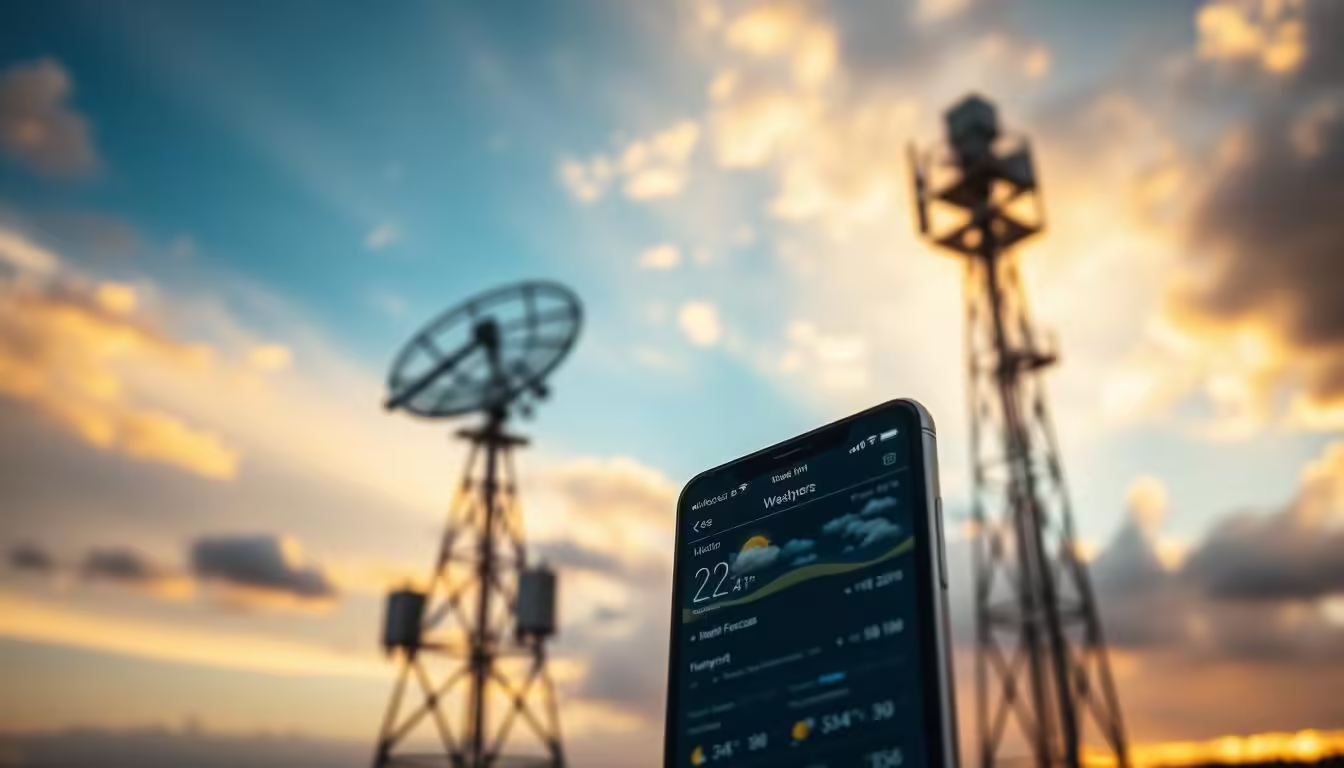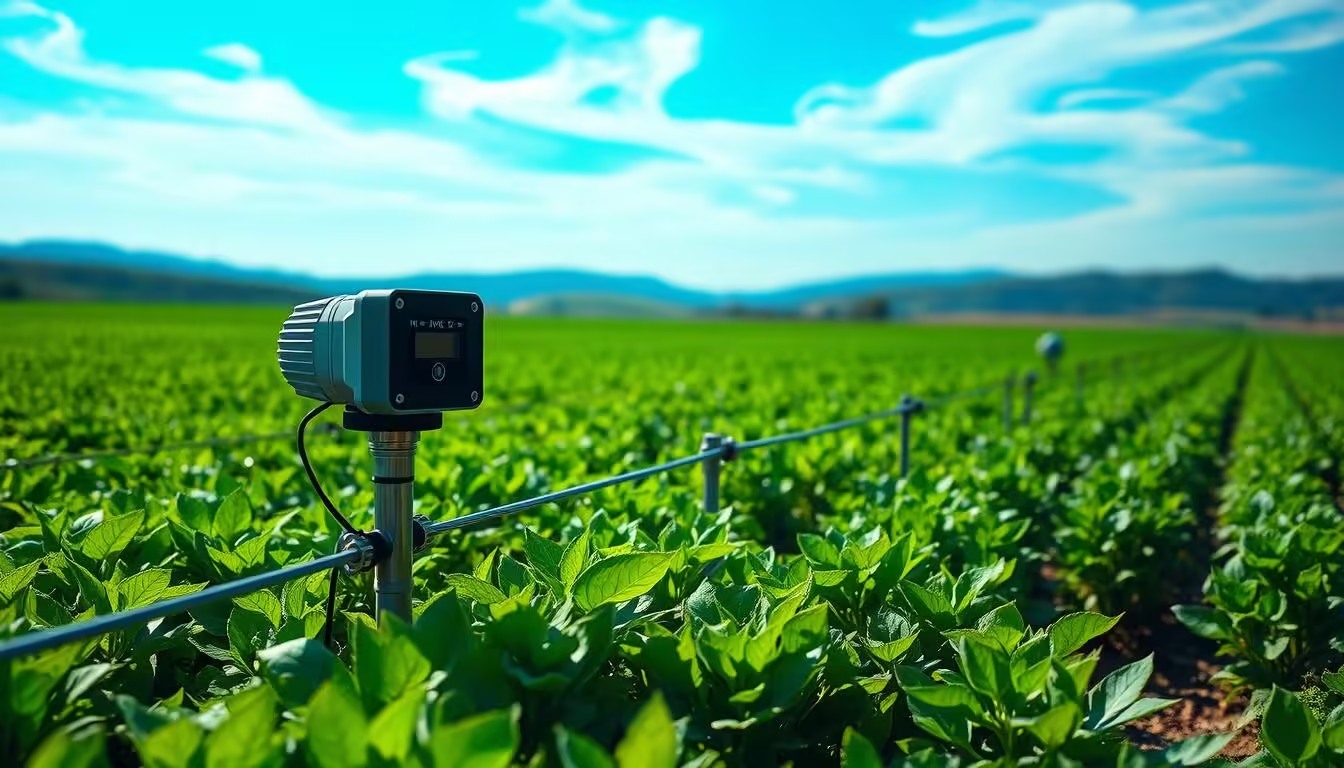The advent of smartphones has revolutionized the way we access weather information. With the help of mobile apps, users can now get accurate and real-time forecasts, making daily planning a breeze.
These weather apps rely on a vast network of satellites, radars, and sensors around the world to collect satellite data, which is then processed to predict weather conditions.
By leveraging this massive data, weather apps provide users with reliable forecasts, helping them plan their daily activities with confidence.
Key Takeaways
- Weather apps use data from satellites, radars, and sensors to provide accurate forecasts.
- Mobile apps have made it easier to access weather information on-the-go.
- Satellite data plays a crucial role in predicting weather conditions.
- Weather apps help users plan their daily activities with confidence.
- Reliable forecasts are made possible by leveraging massive data from various sources.
The Evolution of Weather Forecasting: From Ancient Methods to Modern Apps
Weather forecasting has undergone significant transformations, from relying on ancient folklore to utilizing cutting-edge mobile apps. This evolution reflects humanity’s quest for more accurate and reliable weather predictions.
Historical Weather Prediction Techniques
Folk Methods and Weather Lore
Historically, people used folk methods and weather lore to predict weather patterns. These traditional techniques were based on observations of natural phenomena, such as changes in wind direction, cloud formations, and animal behavior.
Early Scientific Approaches
Early scientific approaches involved the use of simple instruments like thermometers and barometers to measure temperature and pressure. These observations helped in making more informed weather forecasts.
The Digital Revolution in Meteorology
The advent of computers and satellite imagery marked a significant turning point in weather forecasting. Advanced computational models and satellite data enabled meteorologists to predict weather patterns with greater accuracy.
The Rise of Mobile Weather Applications
Today, mobile weather apps provide real-time forecasts and alerts, making it easier for people to plan their daily activities. These apps leverage data from various sources, including satellites, radars, and ground-based weather stations.
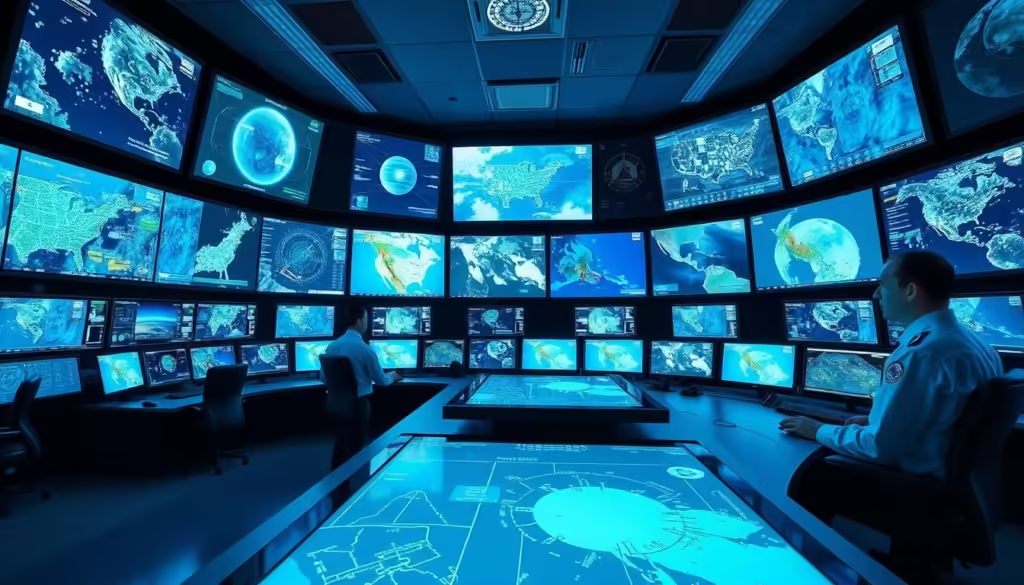
The Global Weather Data Collection Network
The global weather data collection network is a vast, interconnected system that gathers information from various sources worldwide. This complex infrastructure is crucial for providing accurate and reliable weather forecasts.
Ground-Based Weather Stations and Their Functions
Ground-based weather stations are a fundamental component of the weather data collection network. These stations measure various parameters such as temperature, humidity, wind speed, and atmospheric pressure. The data collected is transmitted to meteorological centers, where it is used to generate weather forecasts.
Some of the key functions of ground-based weather stations include:
- Monitoring temperature fluctuations
- Measuring humidity levels
- Tracking wind speed and direction
- Recording atmospheric pressure changes
| Parameter | Measurement | Importance |
|---|---|---|
| Temperature | Degrees Celsius/Fahrenheit | Critical for forecasting weather patterns |
| Humidity | Percentage | Helps predict precipitation and weather conditions |
| Wind Speed | Kilometers/Miles per hour | Essential for predicting storm trajectories |
Ocean Buoys and Maritime Weather Monitoring
Ocean buoys play a vital role in maritime weather monitoring. These buoys are equipped with sensors that measure wave height, wind speed, and other oceanographic parameters. The data collected by ocean buoys is crucial for predicting weather patterns and warning systems for severe weather events.
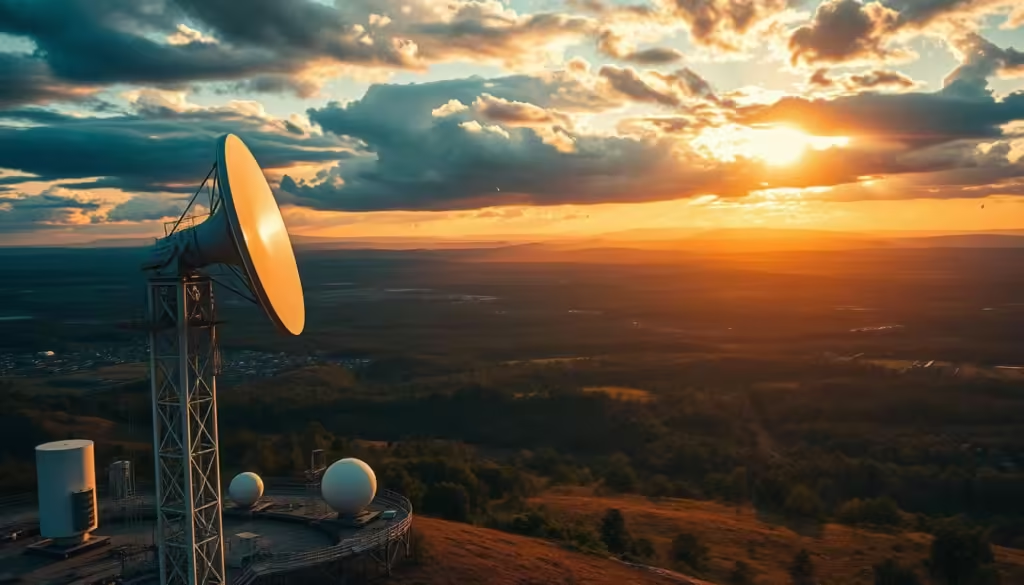
Citizen Science Contributions to Weather Data
Citizen science initiatives have become increasingly important in weather data collection. Personal weather stations and crowdsourced weather reporting provide additional data that enhances forecast accuracy.
Personal Weather Stations
Personal weather stations are owned and operated by individuals, providing localized weather data. These stations can offer detailed information on temperature, humidity, and other parameters, contributing to a more comprehensive understanding of weather patterns.
Crowdsourced Weather Reporting
Crowdsourced weather reporting involves the public in weather data collection. Through mobile apps and online platforms, individuals can report weather conditions, providing real-time data that can be used to improve forecast accuracy.
Eyes in the Sky: How Weather Satellites Track Earth's Atmospheric Conditions
Weather satellites are the unsung heroes of modern meteorology, providing critical data that helps forecasters predict the weather with remarkable accuracy. These satellites are equipped with advanced sensors that monitor various aspects of the atmosphere, from temperature and humidity to cloud cover and precipitation.
Geostationary vs. Polar-Orbiting Satellites
There are two primary types of weather satellites: geostationary and polar-orbiting. Geostationary satellites remain stationary relative to a specific point on the Earth’s surface, providing continuous coverage of a particular region. In contrast, polar-orbiting satellites orbit the Earth from pole to pole, offering global coverage as the planet rotates beneath them.
Types of Satellite Sensors and Their Capabilities
Weather satellites are equipped with a range of sensors that gather different types of data. These include:
Visible Light Sensors
Visible light sensors capture images of the Earth’s surface and clouds, providing valuable information on cloud patterns and movement.
Infrared and Microwave Instruments
Infrared and microwave instruments measure temperature, humidity, and other atmospheric conditions, even in the presence of clouds.
Atmospheric Sounders
Atmospheric sounders analyze the atmosphere’s vertical structure, providing data on temperature and humidity profiles.
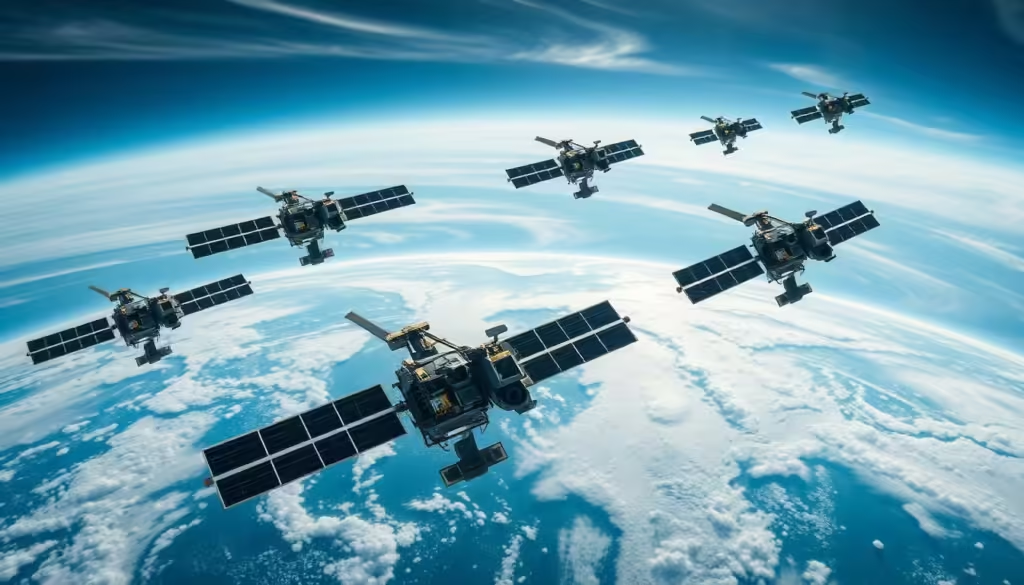
Major Satellite Systems: GOES, Meteosat, and Himawari
Several major satellite systems play a crucial role in global weather monitoring. These include:
| Satellite System | Operator | Coverage Area |
|---|---|---|
| GOES | NOAA (USA) | Americas |
| Meteosat | EUMETSAT (Europe) | Africa, Europe, and parts of Asia |
| Himawari | JMA (Japan) | Asia-Pacific region |
These satellite systems work together to provide comprehensive coverage of the Earth’s atmosphere, enabling accurate weather forecasting and climate monitoring.
Radar Technology: The Backbone of Precipitation Forecasting
The backbone of modern precipitation forecasting lies in radar technology, which has revolutionized the way we predict weather patterns. By utilizing microwave radiation, radar systems can detect precipitation and storms with high accuracy.
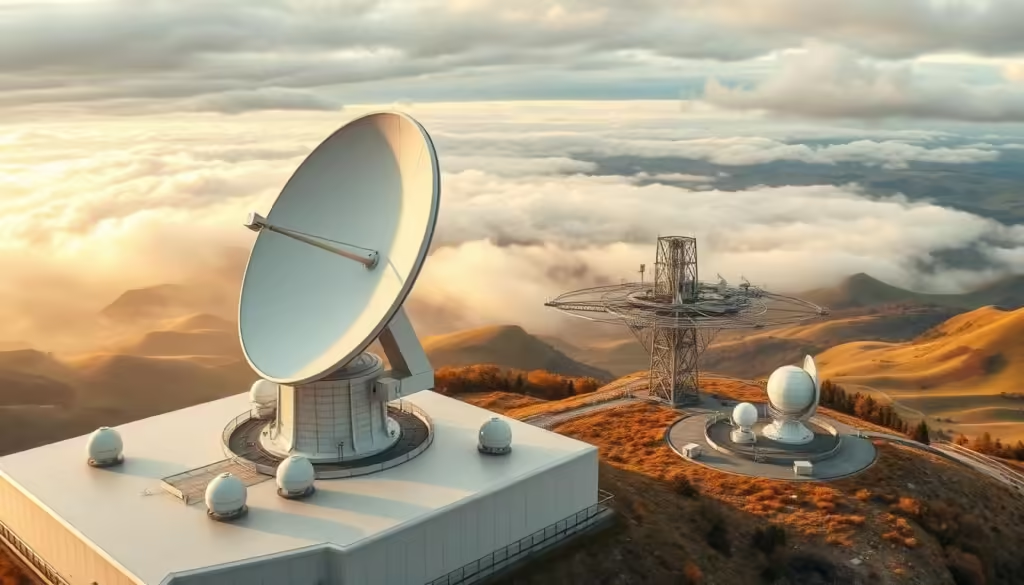
Detecting Storms with Doppler Radar
Doppler radar is a crucial component of precipitation forecasting. It detects storms and precipitation by measuring the frequency shift of returned radar signals. This technology allows meteorologists to understand the velocity of particles in the atmosphere, providing insights into the intensity and movement of storms.
The Doppler effect is fundamental to this technology. As precipitation particles move towards or away from the radar antenna, the frequency of the returned signal changes. By analyzing these changes, Doppler radar can determine the direction and speed of storm systems.
NEXRAD and Advanced Radar Networks
NEXRAD (Next-Generation Radar) is a network of Doppler radar systems deployed across the United States. It provides high-resolution data on precipitation patterns, significantly enhancing the accuracy of weather forecasts. Other countries have similar advanced radar networks, contributing to global weather monitoring.
These radar networks are not just limited to detecting precipitation; they also play a critical role in severe weather detection, such as tornadoes and hurricanes. The data collected by NEXRAD and similar systems is vital for issuing timely warnings and saving lives.
Radar Limitations and Challenges
While radar technology is a powerful tool for precipitation forecasting, it is not without its limitations. Understanding these challenges is crucial for improving forecast accuracy.
Beam Blockage and Range Issues
One of the significant challenges faced by radar systems is beam blockage. This occurs when the radar beam is obstructed by mountains, buildings, or other obstacles, leading to incomplete data. Additionally, radar range issues can limit the effectiveness of these systems, particularly in detecting distant weather phenomena.
Interpretation Complexities
Interpreting radar data can be complex. Factors such as the type of precipitation, the presence of non-weather-related echoes (e.g., from birds or insects), and the limitations of the radar system itself can complicate the analysis. Advanced algorithms and human expertise are often required to accurately interpret radar data.
| Radar Technology | Capabilities | Limitations |
|---|---|---|
| Doppler Radar | Detects storms and precipitation velocity | Beam blockage, range issues |
| NEXRAD | High-resolution precipitation data | Complex data interpretation |
Environmental Technology: How Earth's Monitoring Systems Power Weather Apps
Earth’s monitoring systems are the unsung heroes behind the real-time data that weather apps rely on to provide precise forecasts. These systems encompass a wide range of technologies designed to track various environmental parameters.
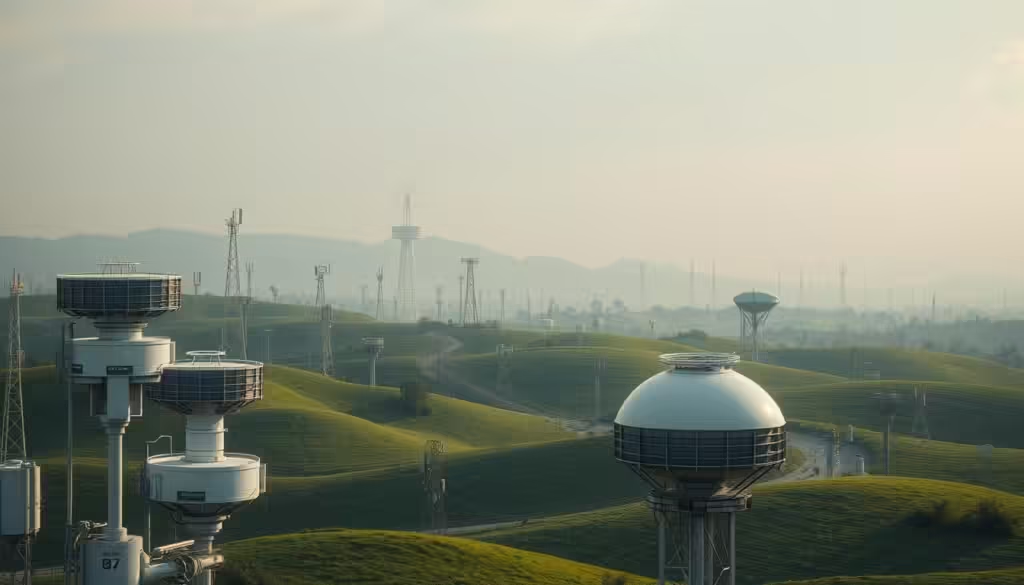
Temperature, Pressure, and Humidity Sensors
Temperature, pressure, and humidity sensors form the foundation of environmental monitoring. These sensors are deployed in various locations, including ground-based weather stations and on weather balloons. They provide crucial data on atmospheric conditions, which is then used to predict weather patterns.
For instance, temperature sensors can detect even slight changes in atmospheric temperature, which is vital for predicting weather fronts. Similarly, humidity sensors help in understanding moisture levels in the air, which is essential for forecasting precipitation.
Wind and Air Quality Monitoring Systems
Wind and air quality monitoring systems are another critical component of environmental monitoring. These systems help track wind speed and direction, as well as the quality of the air. This information is vital for predicting weather patterns and issuing air quality alerts.
Wind monitoring systems, such as anemometers, measure wind speed and direction, providing data that is crucial for predicting storms and other severe weather events. Air quality monitoring systems, on the other hand, track pollutants in the air, helping to issue alerts during periods of poor air quality.
Specialized Sensors for Severe Weather Events
Specialized sensors play a crucial role in detecting severe weather events. These include lightning detection networks and seismic and tsunami warning systems.
Lightning Detection Networks
Lightning detection networks use sensors to detect lightning strikes, providing real-time data on lightning activity. This information is critical for predicting severe thunderstorms and issuing timely warnings.
Seismic and Tsunami Warning Systems
Seismic and tsunami warning systems detect seismic activity and potential tsunamis, providing early warnings that can save lives. These systems are crucial for regions prone to earthquakes and tsunamis.
| Sensor Type | Function | Importance |
|---|---|---|
| Temperature Sensors | Measure atmospheric temperature | Crucial for predicting weather fronts |
| Humidity Sensors | Measure moisture levels in the air | Essential for forecasting precipitation |
| Wind Monitoring Systems | Measure wind speed and direction | Vital for predicting storms |
As Dr. Jane Smith, a renowned meteorologist, once said, “The accuracy of weather forecasting is directly dependent on the quality and quantity of data collected from environmental monitoring systems.”
“The future of weather forecasting lies in the integration of advanced environmental monitoring systems with cutting-edge technology.”
From Raw Data to Your Screen: The Weather App Processing Pipeline
Behind every accurate weather forecast on your phone lies a sophisticated processing pipeline. This complex system is crucial for collecting, processing, and delivering weather data to users worldwide.
Data Collection and Transmission Infrastructure
The first step in the weather app processing pipeline is data collection. Various sources, including ground-based weather stations, ocean buoys, and satellites, contribute to the vast amount of weather data. This data is then transmitted to central servers through a robust infrastructure designed to handle large volumes of information.
Supercomputers and Weather Modeling Algorithms
Once the data is collected, it is processed using powerful supercomputers that run complex weather modeling algorithms. These models, such as the Global Forecast System (GFS) and the European Centre for Medium-Range Weather Forecasts (ECMWF), analyze the data to predict future weather patterns.
Global Forecast System (GFS)
The GFS model, developed by the National Centers for Environmental Prediction (NCEP), provides forecast data up to 16 days in advance. It’s a critical tool for meteorologists worldwide.
European Centre for Medium-Range Weather Forecasts (ECMWF)
The ECMWF model is renowned for its high accuracy and is considered one of the most reliable forecasting models globally. It offers detailed forecasts up to 10 days ahead.
API Integration and Mobile App Development
After processing the weather data, it is made available to weather app developers through APIs. These developers integrate the data into their applications, ensuring that users receive accurate and timely weather information on their mobile devices.

The Science of Accuracy: How Weather Predictions Have Improved
The science behind weather forecasting has evolved, leading to more reliable predictions. This improvement is largely due to advancements in statistical methods, machine learning, and AI. These technologies have enabled meteorologists to analyze vast amounts of data more efficiently and accurately.
Statistical Methods in Modern Forecasting
Statistical methods play a crucial role in modern weather forecasting. By analyzing historical climate data, meteorologists can identify patterns and trends that help predict future weather conditions. These methods involve complex algorithms that process data from various sources, including satellites, radars, and ground-based weather stations.
| Statistical Method | Description | Application |
|---|---|---|
| Regression Analysis | Analyzes the relationship between variables | Predicting temperature fluctuations |
| Time Series Analysis | Examines data over time to identify patterns | Forecasting precipitation trends |
| Correlation Analysis | Measures the relationship between two variables | Understanding climate change impacts |
Machine Learning and AI in Weather Prediction
Machine learning and AI have revolutionized weather forecasting by enabling the development of complex models that can predict weather patterns more accurately. These technologies can process vast amounts of data quickly and identify patterns that may elude human analysts.
Machine learning algorithms can improve forecast accuracy by learning from historical data and adapting to new patterns.
Measuring and Improving Forecast Reliability
Measuring and improving forecast reliability is an ongoing process. It involves verifying forecast accuracy against actual weather conditions and updating models to reflect new data and insights. This continuous improvement cycle ensures that weather forecasts become increasingly accurate over time.
By combining statistical methods, machine learning, and AI, meteorologists can provide more accurate and reliable weather forecasts, ultimately helping to protect life and property.
Climate Change Monitoring: How Weather Apps Track Earth's Changing Patterns
As the world grapples with the challenges of climate change, weather apps have become crucial tools for monitoring Earth’s shifting patterns. These apps not only provide real-time weather forecasts but also play a significant role in tracking long-term climate trends.
Long-term Climate Data Collection and Analysis
Weather apps rely on extensive networks of ground-based weather stations, radar systems, and satellites to collect climate data. This data is then analyzed to identify trends and patterns, helping scientists understand the impacts of climate change.
How Weather Apps Help Track Climate Anomalies
By providing real-time information on weather patterns, weather apps enable users to track climate anomalies such as unusual temperature fluctuations or extreme weather events. This information is crucial for understanding the effects of climate change on local and global scales.
Citizen Awareness and Environmental Education
Weather apps also serve as educational tools, raising citizen awareness about climate change and its impacts. Many apps offer features that help users understand climate-related phenomena and provide tips on how to mitigate the effects of climate change.
Real-time Climate Impact Visualization
Some weather apps include real-time climate impact visualization features, allowing users to see the immediate effects of climate change. This can include visualizations of rising sea levels, intense weather events, or changes in temperature patterns.
Educational Features in Modern Weather Apps
Modern weather apps often incorporate educational features that teach users about climate change, its causes, and its consequences. These features may include interactive tutorials, climate-related news, and resources for further learning.
The Future of Weather Technology: Innovations on the Horizon
Emerging technologies are set to transform the weather forecasting landscape, making it more precise and accessible. The future of weather technology holds much promise, with innovations that will enable more accurate and personalized weather forecasting.
Next-Generation Satellites and Sensors
The next generation of satellites and sensors is expected to revolutionize weather forecasting. These advanced systems will provide higher resolution data, enabling more precise predictions. For instance, the GOES-R series has significantly improved upon its predecessors by offering enhanced spatial and temporal resolution.
| Satellite Series | Resolution Improvement | Forecasting Enhancement |
|---|---|---|
| GOES-R | Higher spatial and temporal resolution | More accurate storm tracking |
| Meteosat Third Generation | Advanced imaging capabilities | Better climate monitoring |
Hyperlocal Forecasting and Personalization
Hyperlocal forecasting is becoming increasingly important, providing users with weather forecasts tailored to their specific locations. This is achieved through advanced data analytics and machine learning algorithms that can predict weather patterns at a very granular level.
Integration with Smart Homes and IoT Devices
The integration of weather technology with smart homes and IoT devices is set to enhance how we prepare for and respond to weather events. This integration enables automated weather responses and predictive climate control systems.
Automated Weather Responses
Automated systems can react to weather forecasts by adjusting home settings, such as heating or cooling, to optimize energy consumption and comfort.
Predictive Climate Control Systems
These systems use weather forecasts to predict and adjust indoor climate conditions, ensuring a comfortable environment while reducing energy waste.
Conclusion: Our Connected Relationship with Earth's Weather Systems
Our daily lives are intricately linked with Earth’s weather systems, and understanding this connection is crucial for a sustainable future. Weather apps play a vital role in providing accurate and timely information, enabling us to make informed decisions about our daily activities and long-term plans.
The evolution of weather forecasting, from ancient methods to modern apps, has been driven by advancements in Technology, including satellites, radars, and sensors. These innovations have significantly improved our ability to predict weather events, ultimately contributing to a more resilient and sustainable society.
As we move forward, the integration of emerging technologies, such as next-generation satellites and machine learning algorithms, will further enhance our understanding of weather patterns and climate change. By leveraging these advancements, we can foster a deeper connected relationship with Earth’s weather systems, promoting a culture of Sustainability and environmental stewardship.
Ultimately, our relationship with weather systems is a complex, interconnected web that requires continued innovation, education, and awareness. By embracing Technology and promoting Sustainability, we can build a more resilient future for generations to come.
FAQ
How do weather apps collect data?
Weather apps collect data from a variety of sources, including satellites, radars, ground-based weather stations, and citizen science initiatives.
What is the difference between geostationary and polar-orbiting satellites?
Geostationary satellites provide continuous coverage of a specific region, while polar-orbiting satellites offer global coverage.
How do radar systems detect precipitation?
Radar systems detect precipitation by measuring the frequency shift of returned radar signals, allowing for the detection of storms and precipitation patterns.
What role do weather apps play in climate change monitoring?
Weather apps help track climate anomalies, provide real-time information on climate-related events, and offer educational features to raise awareness about climate change.
How have advances in machine learning and AI improved weather forecasting?
Advances in machine learning and AI have enabled the development of complex models that can predict weather patterns more accurately, improving forecast reliability.
What can we expect from next-generation weather technology?
Next-generation weather technology will feature innovations like hyperlocal forecasting, integration with smart homes and IoT devices, and automated weather responses.
How do weather apps use data from ground-based weather stations?
Weather apps use data from ground-based weather stations to measure temperature, humidity, wind speed, and other parameters, helping to improve forecast accuracy.
What is the significance of citizen science initiatives in weather data collection?
Citizen science initiatives, such as personal weather stations and crowdsourced weather reporting, provide additional data that helps improve forecast accuracy.

